APEC Leaders Gather in Lima Amid Global Economic Uncertainties and Local Protests
The APEC summit commenced in Lima, Peru, with leaders from 21 nations, including incoming U.S. President Donald Trump, discussing pressing economic issues and infrastructure investments. The summit highlights China’s growing influence through significant projects like the Chancay port while addressing local grievances over the impact of such developments. Protests within the host city signal public frustration with local governance, particularly regarding crime and social issues.
Leaders from 21 member economies of the Asia-Pacific Economic Cooperation (APEC) forum convened in Lima, Peru, on November 14, 2024, against the backdrop of Donald Trump’s anticipated return to presidency following his election victory. With representatives from major economies such as the United States, China, Canada, and Japan present, discussions are expected to critically shape global economic dynamics, particularly amid ongoing inflation and economic disparities. Outgoing President Joe Biden is participating in what may be his final APEC summit before transitioning power, focusing on climate issues, and supporting Ukraine and regional stability amidst challenges. Chinese President Xi Jinping’s presence signifies China’s increasing investment influence in the region, notably through the inauguration of the Chancay port project, a crucial infrastructure enhancement aimed at improving trade efficiency with South America. In contrast, local sentiments regarding this development remain negative, as fishing communities express concerns over its impact on their livelihoods. Amid contrasting perspectives, protests indicating public dissatisfaction with government actions regarding crime and violence issues were apparent around the summit’s venue, marking the tense socio-political environment surrounding the event.
The APEC summit in Lima is notable as it gathers leaders from significant global economies, representing a considerable portion of international trade and GDP. The meeting occurs at a pivotal time with the prospect of a shift in U.S. foreign policy due to the election of Donald Trump, raising questions about changes to existing trade agreements and international relations. The backdrop of burgeoning Chinese investments in Latin America adds another layer to discussions surrounding infrastructure developments and their implications for local economies and communities, especially in the wake of rising dissent among the populace regarding governmental issues.
The APEC summit in Lima sets the stage for critical dialogues among the world’s influential leaders amidst a potential shift in U.S. policy under President-elect Trump. With pressing issues such as economic inequality, climate resilience, and public discontent resonating throughout the discussions, the outcomes of this summit may significantly influence future international relations and economic cooperation in the region. The contrast between the thrust towards modern infrastructure led by China and local concerns about its ramifications could also shape future policy directions within APEC countries.
Original Source: apnews.com
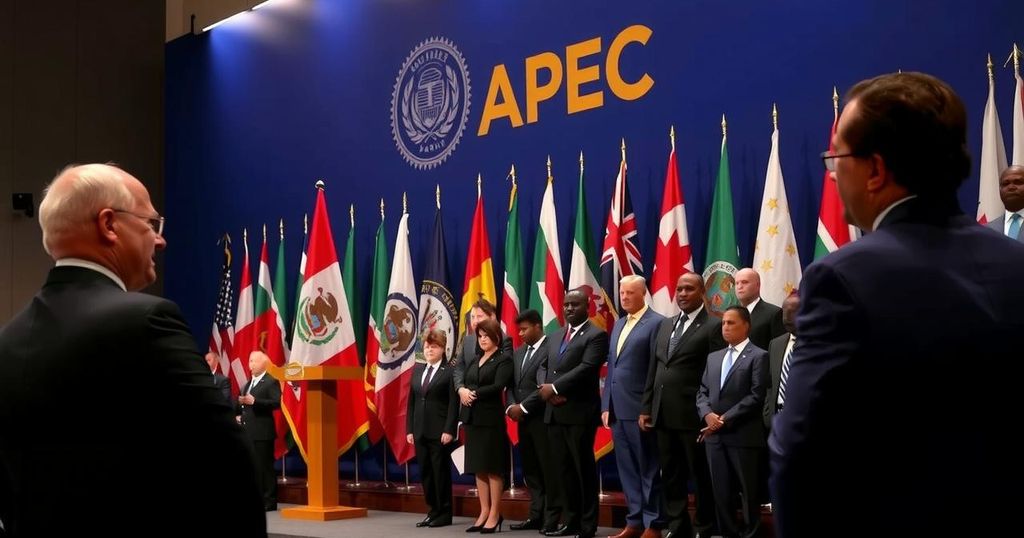
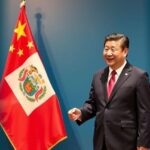

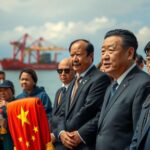

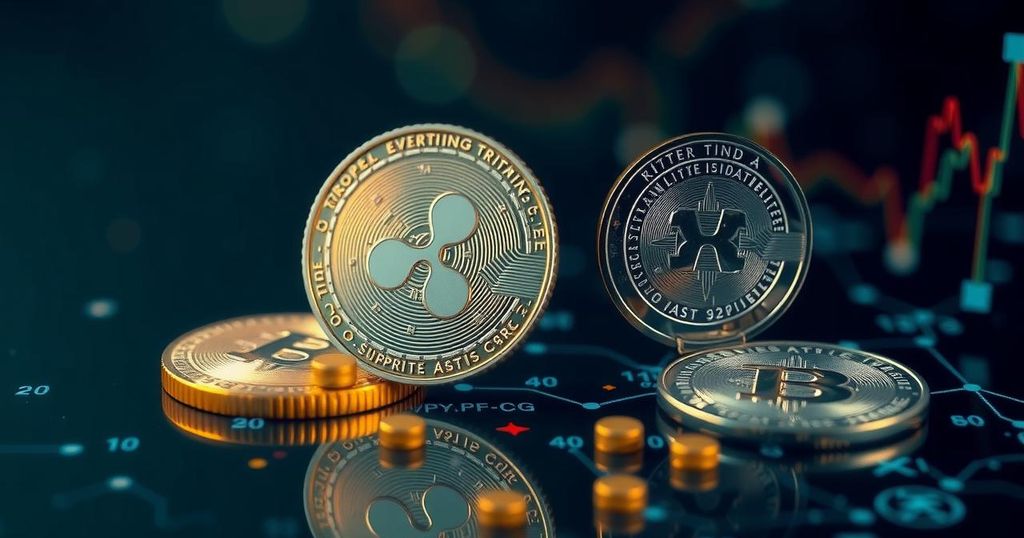
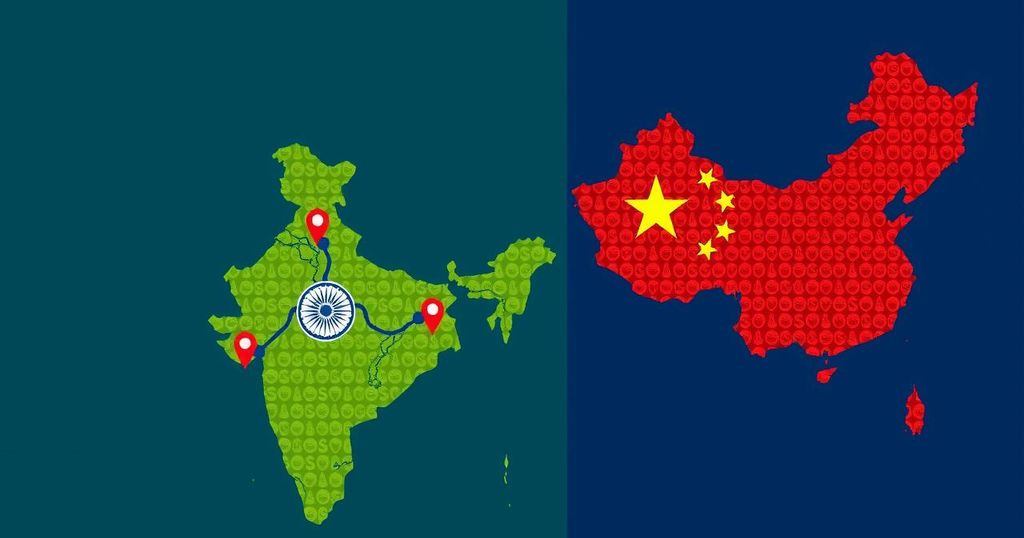
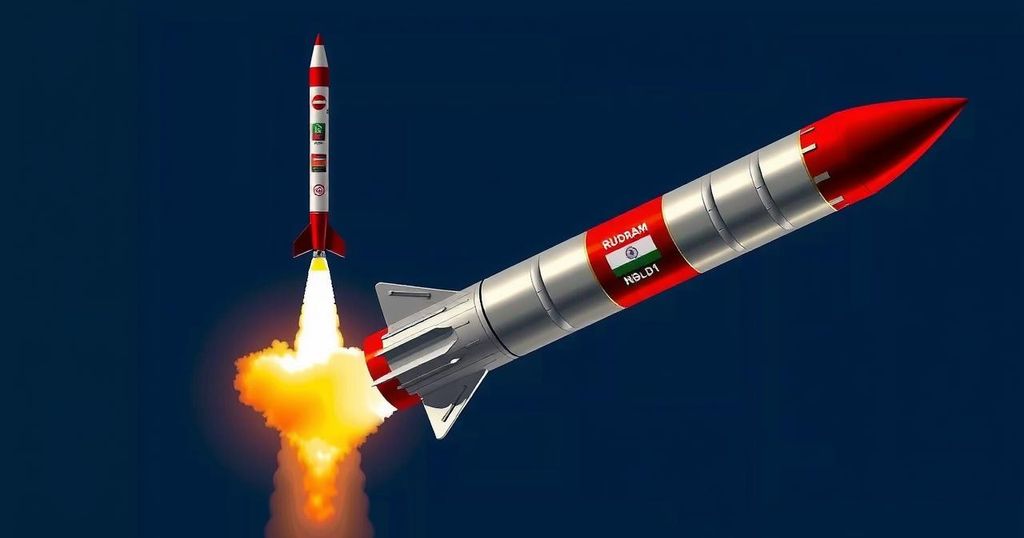
Post Comment